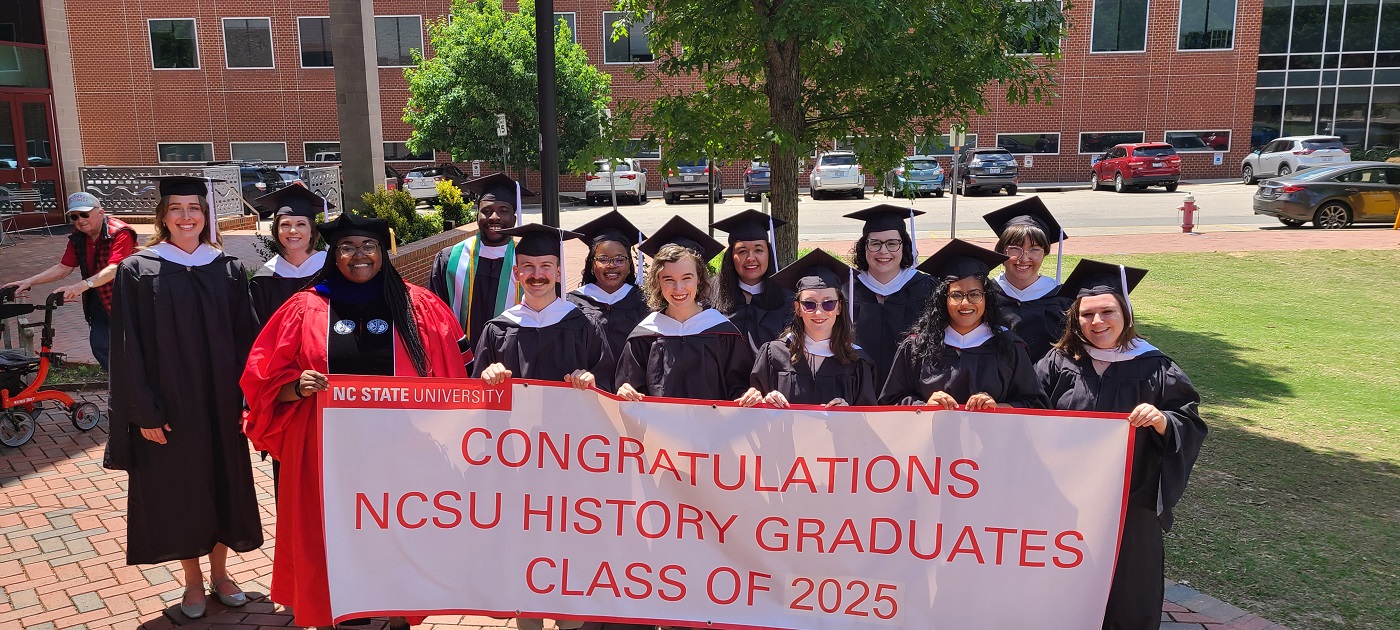How We Have Forgotten: Chemical Strawberries and Their Archived Alternatives in the Nineteenth and Twentieth Centuries
Roberts, Stacy Nichole. “How We Have Forgotten: Chemical Strawberries and Their Archived Alternatives in the Nineteenth and Twentieth Centuries.” (Under the Direction of Matthew Morse Booker.)
This thesis tracks the history of commercial strawberry production for urban markets from the market revolution of the early nineteenth century through the turn of the twenty-first century. Strawberries are currently one of the most chemically-dependent and intervened-in fresh foods on the market. Yet most Americans perceive them as natural, healthy and wholesome, a belief that belies the enormous apparatus constructed for the fruits’ production. Strawberries’ environmentally expensive production methods have trapped growers, horticultural scientists, and ag-business leaders in a system that is near impossible to escape. It has left them searching for solutions to a series of technological crises that threaten to undo the industry; namely, the phasing out and cancelling of important synthetic chemicals deemed necessary for successful strawberry harvests.
By delving into the archives of strawberry farming’s past and teasing apart the term “industrial” into its five component elements—distant markets, division of wage labor, product standardization, expert intervention, and cooperative marketing—this project attempts to understand why and how the current method of strawberry production came about and what alternatives existed in the past. Most importantly, the following narrative demonstrates that synthetic pesticides are only a part of the problem. They comprise a technology that when plugged into an established industrial process, make that system run more efficiently. By understanding how American food production has changed over time and why farmers, scientists, and ag-business leaders chose the current path, we can make informed critiques and suggestions for how to improve the system.
- Categories:


